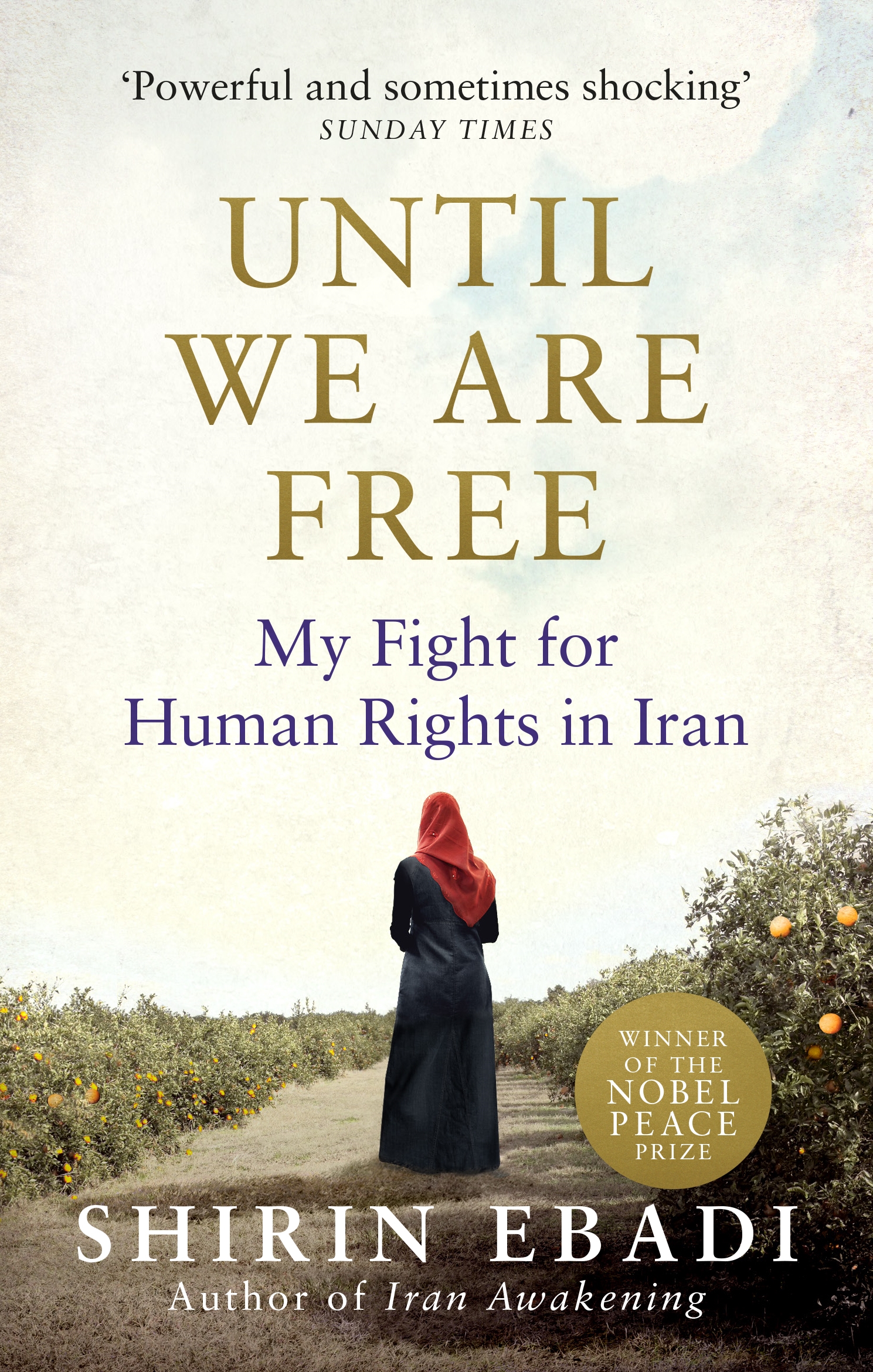
[Book Review] Charting China’s Contradictions
The vote by the Chinese National People’s Congress in March to abolish presidential term limits marked a dramatic, if unsurprising, step along President Xi Jinping’s path toward centralizing power. As he moves to entrench his authority at home as the country’s most powerful leader since Mao Zedong, he also seeks to deepen Beijing’s imprint abroad: in a three-and-a-half hour speech before the 19th Party Congress this past October, he predicted that his country would move “closer to center stage” in world affairs and issued this warning: “No one should expect China to swallow anything that undermines its interests.” 1
How should observers, especially those in Washington, assess Xi’s China?
In The Third Revolution, Elizabeth Economy offers a nuanced, persuasive answer: while China’s heft in world affairs is growing rapidly, so too are the contradictions inherent in the attempt of an authoritarian country to shape what remains a predominantly liberal world order. Economy, the director for Asia studies at the Council on Foreign Relations, exhibits a dispassion in formulating her case that is both difficult to maintain and essential to exhibit when taking inventory of China’s progress — difficult, because its accretion of power has been occurring so rapidly; essential, because hyperbolic appraisals can only yield misguided policies.
Nowhere is China’s resurgence more pronounced than in economic terms. Between 2001, when it joined the World Trade Organization, and 2016, the latest year for which the World Bank has data, its gross domestic product grew roughly ninefold, from US$1.34 trillion to US$11.2 trillion;2 its share of the world economy roughly quadrupled, from 4 percent to just under 16 percent; and its per-capita GDP rose almost eight-fold, from US$1,053 to US$8,123. It overtook Germany as the world’s largest exporter in 2009 and displaced the United States as the world’s largest goods trader in 2013.3, 4 Between 2000 and 2017, it went from generating the equivalent of roughly a quarter of America’s manufacturing output to generating more manufacturing output than the US and Japan combined.5 Between 2012 and 2016, it accounted for some 34 percent of global growth.6
China’s economic march has been accompanied by a flurry of supporting statecraft: it announced in September 2013 what would come to be known as the Belt and Road Initiative (BRI); established the Asian Infrastructure Investment Bank (AIIB) in June 2015; and is pressing to finalize negotiations on a Free Trade Area of the Asia-Pacific, which would incorporate roughly three-fifths of gross world product and half of world trade.7
China’s accumulation of power has generated some influence in and of itself, especially among smaller neighbors who assess that its resurgence will continue apace while the US will prove incapable of devoting sustained time, attention and resources to the Asia-Pacific. These countries have begun to exhibit greater deference to China’s strategic interests. And Beijing has used its growing economic heft to considerable effect, especially in consolidating its position in the South China Sea and undercutting Taiwan’s diplomatic ties. On balance, though, Economy concludes that Xi’s efforts to achieve “the rejuvenation of the great Chinese nation” have been underwhelming:
He has established institutions such as the AIIB and BRI with China in a position of leadership, but their value and import have yet to be realized. His efforts at soft power have largely fallen flat as a result of the inability of China’s political system to present a set of social norms, political values, and cultural dynamism that attracts large segments of the world’s population. Positive steps to build an economic community in Asia are undermined by aggressive military actions in the region.
The more one aims to achieve a leading position in world affairs, the more essential it is that one’s ambition be tethered to a vision that others find compelling. While one might infer from the rapidity of China’s resurgence that Beijing has a coherent conception of its role, the evidence is mixed. Though Xi has grown increasingly vocal in his critiques — especially of Western values and alliance networks — his prescriptions have grown only marginally clearer. Economy is right that his calls for a “community of common destiny” affirm Xi’s desire for a world order grounded in partnerships over alliances; still, such concepts remain considerably more in the realm of abstraction than practice.
Importantly, Xi does not appear to feel much urgency to make them concrete. After all, while Washington’s pre-eminence frustrates Beijing, it also gives China’s leaders a useful foil, the strategic utility of which has increased since Donald Trump became president. Trump’s apparent ambivalence towards US participation in the post-war order has enabled China to cast itself as a guardian of globalization — even though, as Economy documents at length, it rejects many manifestations of the openness that enables that phenomenon. Xi’s China, she writes, “embraces globalization insofar as it controls the flow of ideas, as well as human and financial capital.” Beijing is able to sustain its claim to be an anchor of globalization in part because the US is still seen as the chief motor of an open world. It would find itself in an exceedingly uncomfortable position were Washington to experience a precipitous, absolute decline or institutionalize an “America First” foreign policy. Beijing’s domestic approach to governance, already the subject of widespread criticism, would come under far greater scrutiny; so, too, would the recognition that its foreign policy is unsuited to provisioning public goods and mobilizing coalitions to address global challenges. Economy notes that Trump’s America “may well be taking a step back from its willingness to lead the way on addressing the world’s many challenges, but China is not prepared to replace it. Global leadership requires a willingness to subordinate one’s own narrow interests for the benefit of the larger community.”
The Third Revolution’s “primary message,” Economy explains early on, “is that we must deal with China as it is today.” While such an injunction may seem underwhelming, it is profoundly important when dealing with a country whose reality is as plural and complex as China’s. It is indeed “a country that often confounds us with contradictions.”
Xi’s China is, of course, a far cry from the isolated and impoverished country over which Deng Xiaoping presided. Tens of millions of Chinese travel abroad each year, and at least 544,000 studied abroad in 2016, more than triple the figure in 2008.8China deploys more peacekeeping troops than any other permanent member of the United Nations Security Council, and it hosted the G20 summit in 2016. Economy observes, moreover, that in 2014, the year that marked “China’s coming-out party in the world of global governance,” it played an essential role in combating climate change and the Ebola epidemic in West Africa.
China, then, is increasingly active abroad. Contrary to Western predictions, though, growing engagement with the world has not softened its illiberal tendencies; on the contrary, they have grown considerably more pronounced under Xi. Economy cites his increasingly aggressive attempts to “prevent the influx of foreign ideas and influences in education and the media” and curtail the reach of foreign NGOs. Xi has additionally cracked down further on advocates of liberal political reform and steadily co-opted the educational system, legal channels and media outlets as instruments of his political agenda. Economy also cites “the sheer depth of Party intrusion into the moral and cultural fabric of society,” which extends deeply into cyberspace, since Chinese authorities “make no real distinction between the virtual and real political worlds and the threats inherent in each.”
And while China publicly touts the imperatives of economic reforms and free trade, its actions at home betray a regression from incremental marketization to statist dominance: China’s state sector “continues to incur ever-higher levels of debt, consume valuable credit, and provide few new jobs,” and the role of state-owned enterprises in “core sectors of the economy” has grown. This trajectory poses a dilemma for China’s leaders. On the one hand, “the inefficiencies generated by non-market activity” “contribute to their political power” and “afford them the luxury of longer-term strategic investments.” Those same inefficiencies, though, run counter to China’s professed desire for a more open global economy.
This tension — between China’s growing role in globalization and its increasingly illiberal turn — also makes it a more complex strategic challenge for the US than the Soviet Union. Washington came to regard Moscow as an antagonist soon after the conclusion of the Second World War, and accordingly adopted a policy of containment. While eight postwar administrations differed over what specific objectives that policy should seek to achieve, they did agree, explains historian John Lewis Gaddis, that Washington should “prevent the Soviet Union from using the power and position it won as a result of that conflict to reshape the postwar international order.”9 Today, in contrast, Washington does not know how to classify the Middle Kingdom. While China is an increasingly formidable competitor in a number of arenas, it remains an essential partner in addressing issues ranging from macroeconomic instability to climate change.
This duality might prompt one to push back against Economy’s characterization of China as “revolutionary” (more accurate is her notion of a “transforming and transformative power”). A revolutionary power seeks to overturn the existing system. But Economy explains that China is “an illiberal state seeking leadership in a liberal world order” (emphasis mine). It is concurrently “a threat to the underlying principles of globalization” and “a leading pillar of the globalized world.” Its attitude towards the postwar order, meanwhile, is selectively revisionist: “China is using its newfound status to shape regional and global institutions … in some cases supporting traditional norms, while in others supplanting them.” Economy notes that Beijing decided to establish the AIIB in part because of its “frustration with the inability of the international community … to reform pre-existing international economic institutions … to reflect more accurately China’s standing in the global economy.” That frustration manifests a desire to participate in the Bretton Woods institutions, not upend them.
In brief, Beijing is not bent on fomenting widespread upheaval in world affairs. But many of its activities — its militarization of the South China Sea, its use of economic coercion, and its restrictions on foreign firms, to name a few examples — increasingly undercut US national interests. The incongruities of its conduct mean that there is “very little agreement among American scholars and policymakers as to China’s ultimate objectives or the appropriate US response.” Still, Economy offers sound high-level counsel, two elements of which deserve particular attention. First, the US could try to eschew a reactionary strategy. Despite confronting formidable challenges at home and abroad, Xi’s China has proven masterful at conveying an aura of inexorability around its resurgence — and, it appears, at unnerving the US. Unfortunately, though, the more Washington tries to match Beijing’s rash of activity — whether BRI or “Made in China 2025” — the more it will end up competing on Beijing’s terms, potentially losing sight of its unique national interests and strategic assets in the process. The longer such a preoccupation persists, moreover, the greater is the risk that the US will lose the ability, and perhaps even the willingness, to distinguish between Chinese foreign policy initiatives that challenge US national interests and those that do not; with this defensive mindset, it would increasingly incline towards a zero-sum conception of bilateral relations.
Second, Washington could leverage Beijing’s desire for a larger seat at the table to nurture more robust bilateral cooperation. The two countries should partner not only by addressing high-profile challenges such as North Korea’s nuclear program and the global refugee crisis, but also by continuing at “the more mundane level of technical cooperation around the big issues of global governance,” comprising a series of quiet efforts that collectively “begin to build an institutional infrastructure for cooperation.”
America’s attitude towards China is undergoing a significant recalibration, perhaps the most fundamental since Beijing’s crackdown at Tiananmen Square almost three decades ago. Harnessing its resurgence while tempering its revisionism will likely be Washington’s most vexing long-term policy challenge. While there is no self-evident guidance for undertaking it, Economy’s intervention furnishes a thorough, balanced foundation for assessing its contours.
By Ali Wyne, policy analyst at the nonprofit, nonpartisan RAND Corporation.
(Global Asia)








